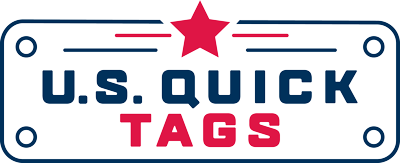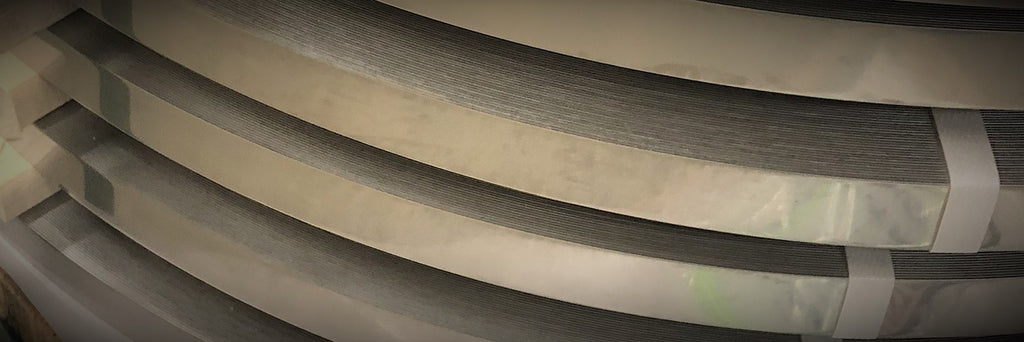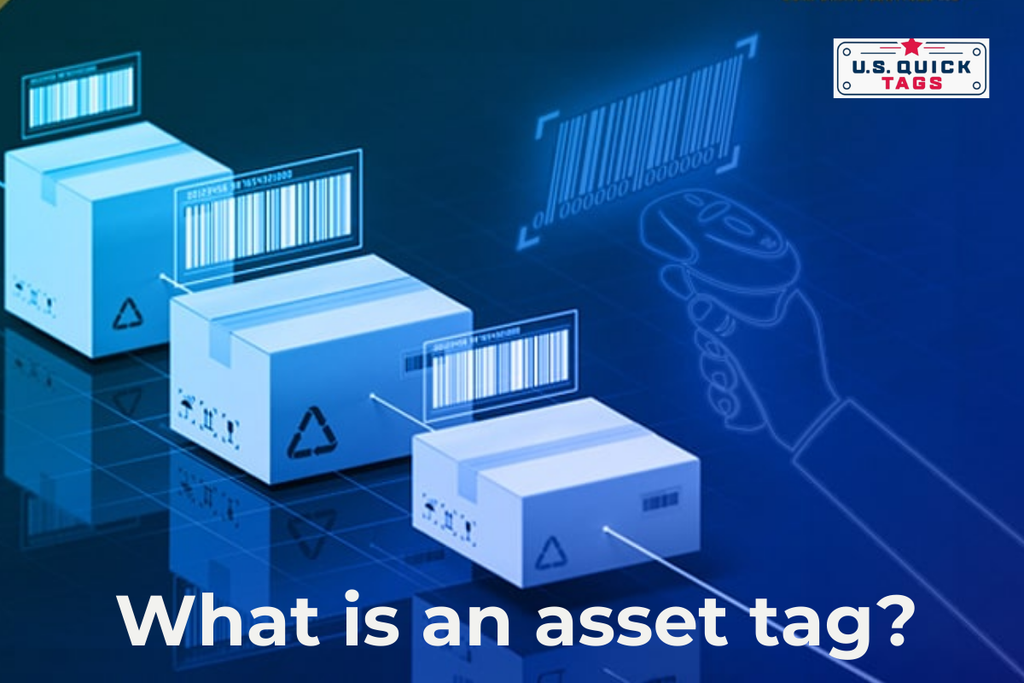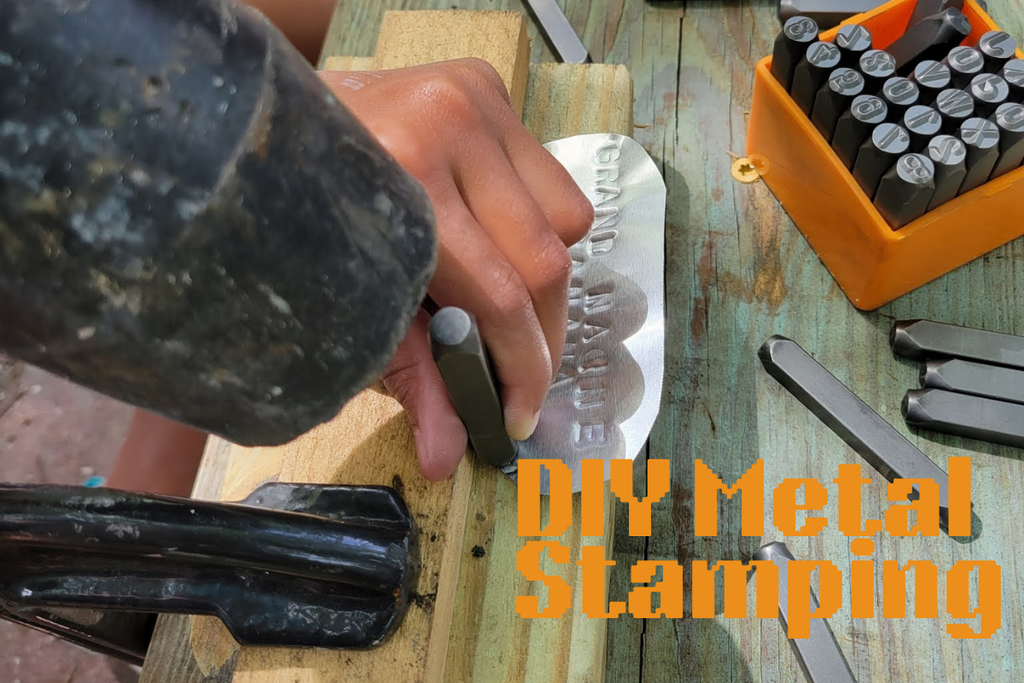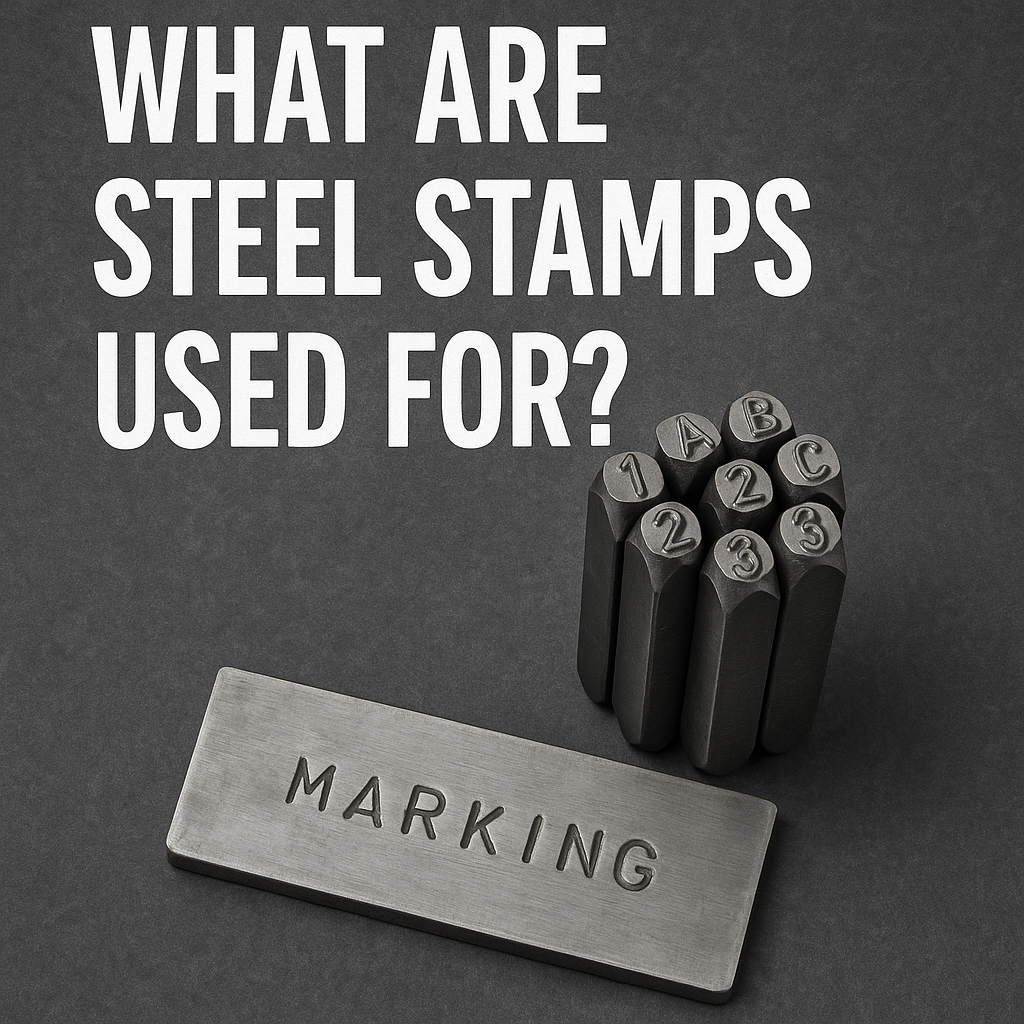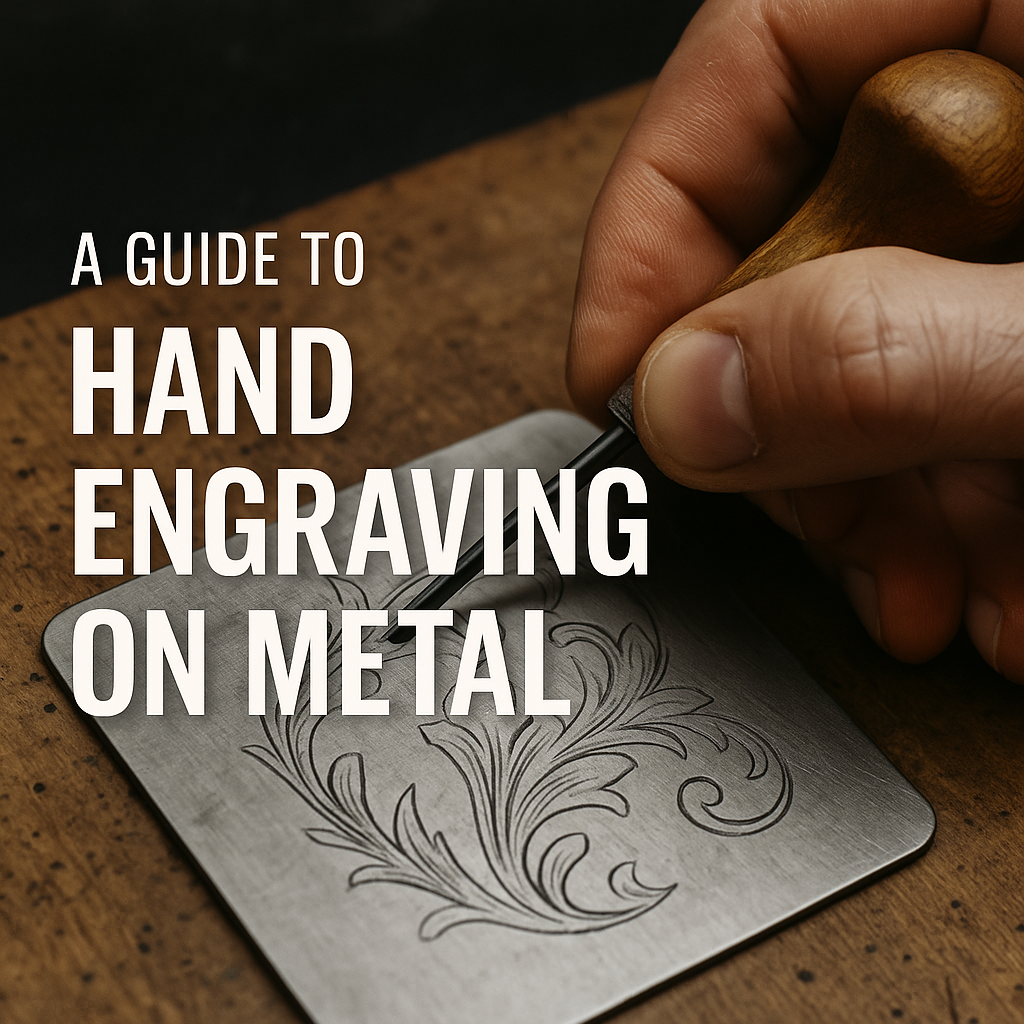Top 5 Best Materials for Blank ID Nameplates
- USQuickBlogs
- 28 Oct, 2019
Although many people believe that stainless steel is the best solution for blank ID nameplates. We have outlined the factors as to why it might not be the case.
5.) Gold
In general, gold is not an ideal substrate for blank tag manufacturing. This is primarily due to the underlying price of the material.
There’s a reason why gold is used for expensive trinkets and seen as an overall luxury. Some industries prefer this material due to the lustrous sheen. These applications will stay gold users due to those factors.
Gold as a metal is also very easy to work with due to the malleability and ductile nature of the material.
Using a “softer” metal for industrial marking is also not the best idea as exposure to harsh environments may warp or damage the indented design.
4.) Copper
Some industries prefer copper for their metal ID solutions due to the unique aesthetic that it provides. Its shiny reddish brown hue offers a specialized look that helps it stand out in industrial environments.
Similarly to gold, copper is a very cost prohibitive substance. While the appearance might be desirable, the cost doesn’t justify the benefit for identification purposes.
This material is also ductile and malleable, and conducts heat and electricity very well.
As with most material options, there are very specific applications which may call for this material. Outside of those, copper is not the best choice.
3.) Brass
Brass is the generic term for a range of copper-zinc alloys.
This material is often used for specific applications such as plumbing and electrical due to its special properties.
Depending on the exact make-up of the material, the properties can include:
- Wear-resistance
- Strength
- Hardness
- Unique Color
- Electrical/Thermal Conductivity
In addition, brass is sometimes selected because of the “vintage” aesthetic it can provide. Furniture manufacturers often brand their products with a brass nameplate to maintain a certain rustic charm.
While not as cost prohibitive as gold or copper, brass maintains many of the same benefits such as the golden appearance.
2.) Stainless Steel
Stainless steel is one of the most durable materials used for identification solutions. Stainless is a hard and strong substance, allowing for long-lasting use in the harshest industrial applications.
This steel material features some desirable properties, including retention of strength and cutting edge regardless of temperature.

Unlike copper or brass, it is not a good conductor of heat or electricity.
Stainless steel is magnetic, retains its strength and cutting edge regardless of temperature.
This solution is cost effective and is great for welding applications. Some of the drawbacks are the hefty weight and costs associated with processing the material.
1.) Aluminum
The best all-around solution for metal tags is aluminum. Aluminum is a material with many beneficial properties. What makes it the best? It’s the perfect combination of lightweight and durable, in a range of thicknesses.
Many applications such as the aerospace industry rely on aluminum as it accomplishes its tasks without adding significant bulk to equipment or other marked items.
While the tags are lightweight, they don’t sacrifice in the area of durability. Aluminum’s affinity for oxygen makes the material resistant to corrosion.
In addition, aluminum can be anodized for further durability as well as the option to color the material.
This list is our top 5 recommendations for blank tag materials is for most environments and applications. However, the best material is the one that works best for your specific needs.
